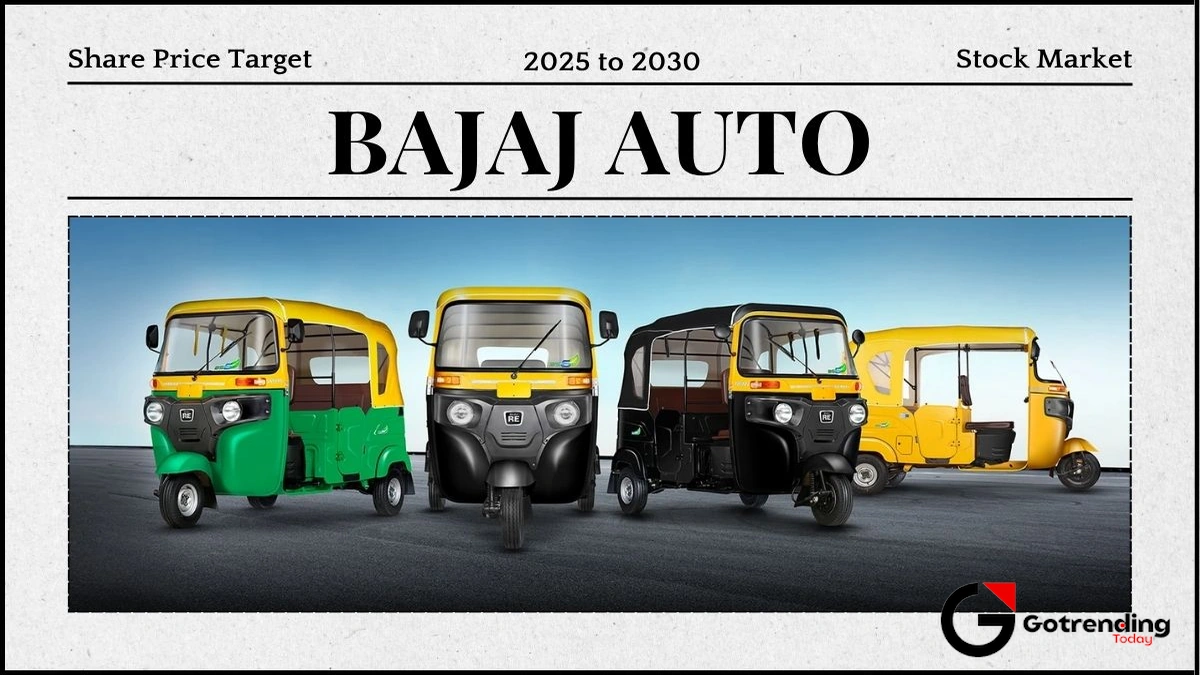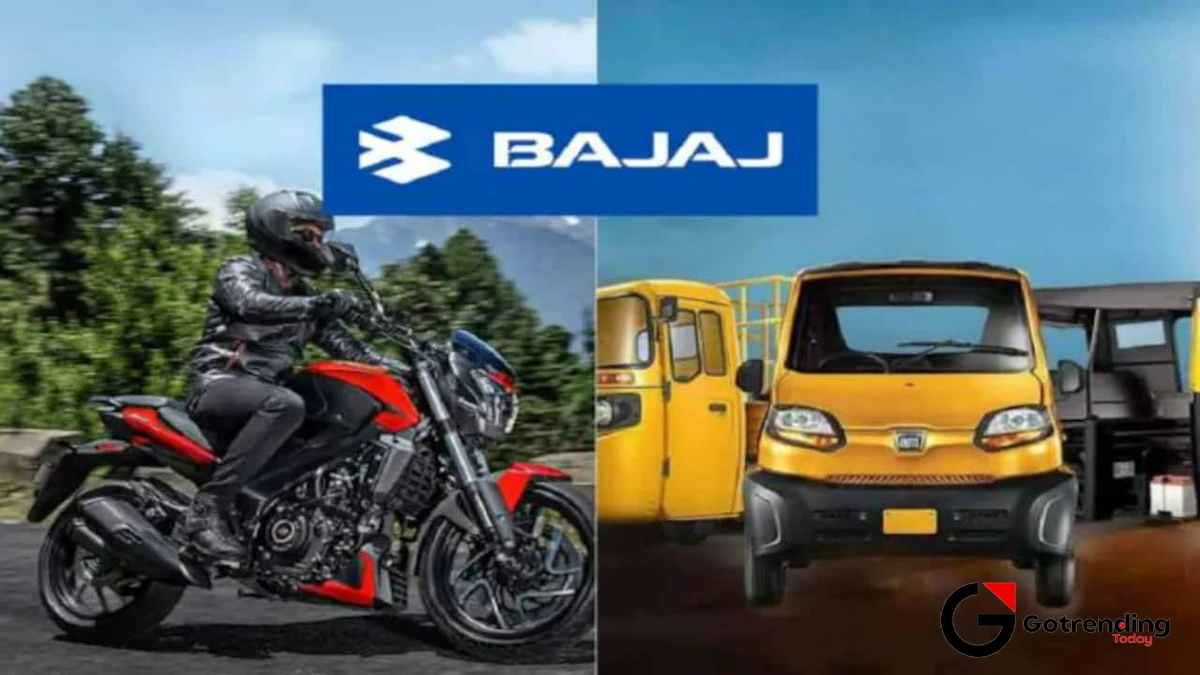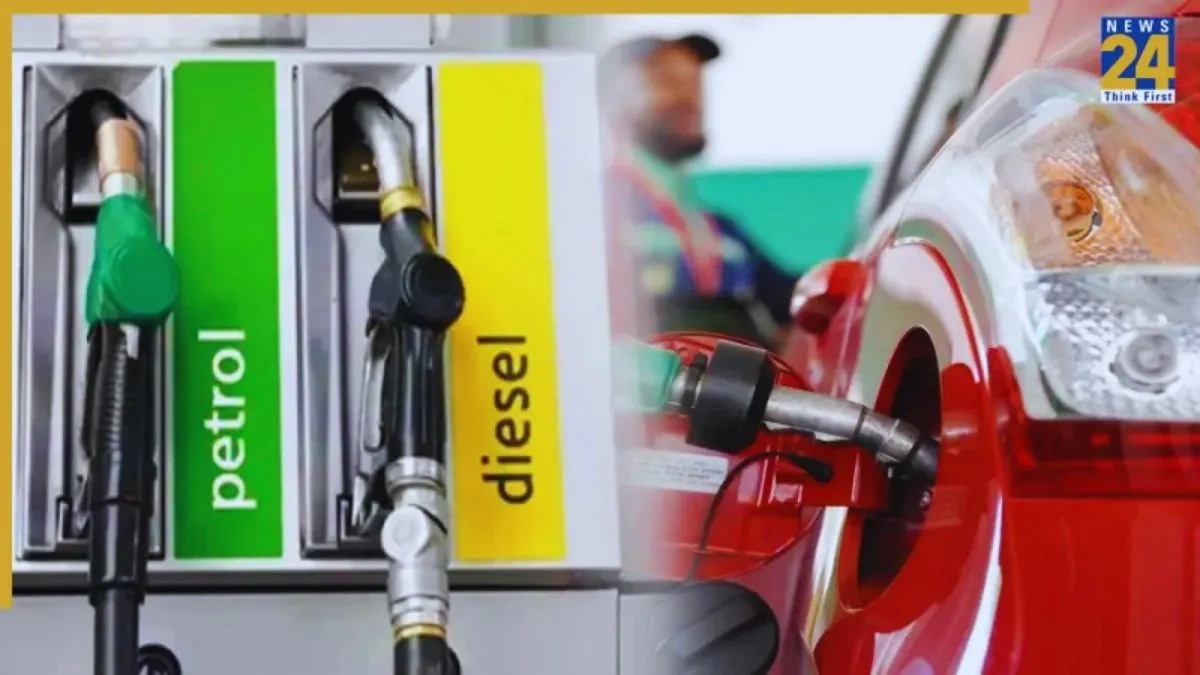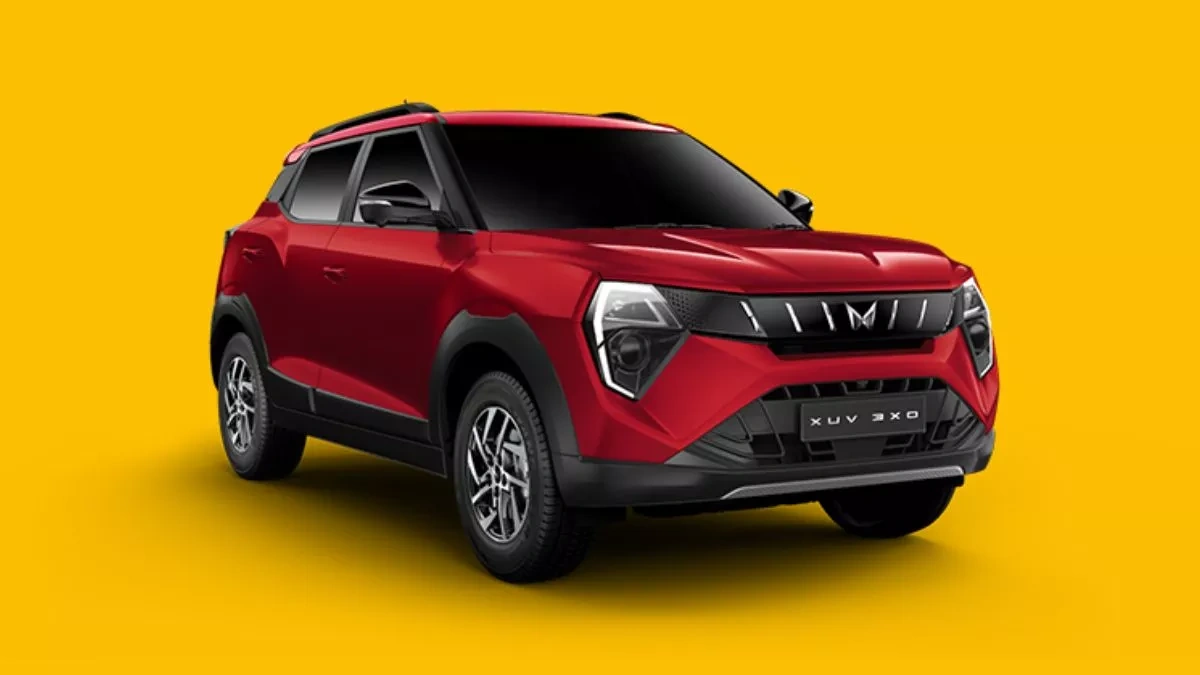Bajaj Auto’s Insane Rally | Decoding the Roaring Engine Behind the Share Price
Okay, pull up a chair. Let’s talk about Bajaj Auto. If you’ve even glanced at the stock market over the past year, you’ve seen it. The bajaj auto share price hasn’t just been climbing; it’s been launching itself into a different orbit, leaving investors and analysts either cheering wildly or scratching their heads in disbelief.
It’s easy to look at a chart rocketing upwards and get a serious case of FOMO (Fear Of Missing Out). But as your friendly neighbourhood analyst, I’m here to tell you that chasing a price is a rookie move. Understanding the why behind the price? That’s where the real magic happens. What’s actually under the hood of this incredible rally? Is it just market hype, or has Bajaj built a fundamentally different, more powerful engine while we were all busy watching the quarterly sales numbers?
Let’s be honest, for many of us, Bajaj is still synonymous with the faint jingle of “Hamara Bajaj” and the trusty old Chetak scooter. But that company is a ghost. The Bajaj of today is a global predator, a master of niche markets, and a surprisingly cunning player in the premium space. And understanding this transformation is the key to understanding its soaring stock price.
So, let’s pop the hood and see what’s really going on.
Beyond ‘Hamara Bajaj’ | The Three Engines Firing on All Cylinders

What fascinates me is that this isn’t a story about one single thing going right. It’s a beautifully orchestrated symphony of three distinct strategies all hitting their peak performance at the same time. I initially thought this was just about a rebound in domestic sales, but when you dig deeper, you see a much more complex and impressive picture.
The rally in the bajaj auto share price isn’t a fluke. It’s the result of a multi-year strategy focused on three core pillars:
- The Export Juggernaut: Dominating markets most Indian companies ignore.
- The Premium Push: Making high-end bikes with fat profit margins through clever partnerships (KTM & Triumph).
- The EV Gambit: A slow, steady, and profitable re-entry into the scooter market with the new Chetak.
Forget the old Bajaj that just made commuter bikes. This is Bajaj 2.0, and its performance has been nothing short of spectacular.
The Export Juggernaut | Bajaj’s Not-So-Secret Weapon

Here’s the thing most casual observers miss: Bajaj Auto is arguably more of a global company than an Indian one. For years, nearly half of its volume and often, more than half of its profits has come from outside India. This is the company’s real superpower.
While other manufacturers were locked in a bloody battle for every last percentage of market share in India, Bajaj was quietly conquering Latin America, Africa, and parts of Asia. They became the #1 motorcycle brand in countries like Nigeria and Colombia. Think about that for a second. An Indian company is the top dog in markets thousands of miles away. This provides a massive, built-in hedge. When the Indian market is slow, their 70+ export markets can pick up the slack. This is a core part of any proper bajaj auto fundamental analysis .
This export dominance does two amazing things for the bottom line:
- Higher Margins: They often sell bikes at better prices abroad than in the hyper-competitive Indian market.
- Favourable Forex: They earn in dollars and other strong currencies. When the Rupee is weak against the Dollar, every dollar earned abroad translates into more rupees back home, directly boosting profits.
So, while news channels obsess over domestic festive season sales, the real story of why is bajaj auto share price rising is often being written in the bustling streets of Lagos and Bogotá. This global footprint, explained in detail on their official investor relations page, gives them a resilience that few Indian auto companies can match.
Chetak, Triumph, and KTM | The ‘Premium’ Bet That’s Paying Off Big Time
Now for the sexy part. For years, the knock on Bajaj was that they only made “Pulsars” and commuter bikes. Solid, but not exactly exciting. That has changed, dramatically.
Their masterstroke was the partnership strategy. Instead of spending decades and billions trying to build a premium brand from scratch, they bought into and partnered with legends.
KTM: Their long-standing stake in the Austrian brand KTM was genius. Bajaj makes the small-capacity Dukes and RCs for the entire world in its Chakan plant. This gives them access to world-class R&D and a powerful brand, while KTM gets cost-effective, high-quality manufacturing. It’s one of the most successful partnerships in the auto world.
Triumph: The more recent bajaj triumph partnership is where things get really exciting. The launch of the Triumph Speed 400 and Scrambler 400 X has been a blockbuster success. These are aspirational, high-margin bikes that are bringing new customers into the Bajaj fold. People who would never have considered a Bajaj are now walking into their showrooms to buy a Triumph. It’s a brilliant strategy to capture the lucrative premium market, a challenge every major player, from domestic rivals to newcomers like VinFast , is trying to crack.
And then there’s the Chetak electric scooter sales . Bajaj took its time entering the EV space, watching others burn cash. They revived an iconic brand name, focused on solid engineering and profitability from day one, and are now steadily ramping up production. It’s not the flashiest EV strategy, but it’s a profitable one, and the market loves profitability.
Is the Bajaj Auto Share Price Still a Good Buy? The Risks on the Road Ahead
So, after all this good news, is it a straight shot to the moon? Let’s pump the brakes for a moment. No investment is without risk, and it’s crucial to have a balanced view.
The very strength of Bajaj its export market is also a potential vulnerability. Political instability or a currency crisis in a key market like Nigeria can hit their sales hard. It’s a double-edged sword.
Domestically, the competition is fiercer than ever. Hero MotoCorp is waking up, TVS is innovating aggressively with its Apache and Raider series, and Honda remains a formidable force. The battle is far from over. When analyzing a giant like Bajaj, it’s always useful to see how other market leaders navigate their own challenges, like those facing the four-wheeler king in our analysis of the Maruti share price .
And finally, valuation. After such a massive run-up, the stock is no longer cheap. The market has already priced in a lot of this good news. The question for a new investor isn’t whether Bajaj is a great company it clearly is but whether the current price offers good value for future growth. The bajaj auto share price target set by many analysts is now more cautious, reflecting the sharp rally.
Frequently Asked Questions About Bajaj Auto’s Stock
What is the main reason for the recent surge in Bajaj Auto’s share price?
It’s not one single reason, but a powerful combination of three factors: stellar performance in its export markets, the huge success of its premium motorcycle strategy with KTM and Triumph, and growing, profitable sales from its Chetak electric scooter.
How important are exports for Bajaj Auto’s business?
Extremely important. Bajaj auto export sales consistently account for 40-50% of the company’s total sales volume. This global presence diversifies its revenue and provides a hedge against slowdowns in the Indian domestic market.
Is the Chetak electric scooter successful?
Yes, in a measured way. Bajaj focused on building a high-quality, profitable product rather than chasing market share at any cost. Its sales are growing steadily, and it’s contributing positively to the company’s bottom line, which is a big win in the cash-burning EV space.
Does Bajaj Auto pay a good dividend?
Historically, yes. Bajaj Auto has a strong track record of rewarding its shareholders with healthy dividends, thanks to its strong cash flow and profitable operations. However, dividend policies can change, so always check the latest announcements.
What are the biggest risks for Bajaj Auto stock?
The key risks include potential economic or political instability in its major export markets, intense and rising competition in the Indian domestic market, and the high valuation of the stock after its significant rally.
So, where does that leave us? The story of the Bajaj Auto share price is a fantastic lesson in corporate strategy. It’s about a company that refused to be typecast. It looked beyond its borders when everyone else was looking inward. It partnered with the best instead of trying to do everything itself. And it patiently rebuilt an icon for the electric age.
This isn’t just a stock rally; it’s the market waking up to a company that has fundamentally reinvented itself. The “Hamara Bajaj” of yesterday has become the “Global Bajaj” of today, and that, more than anything else, is the roaring engine driving its price to new heights.













